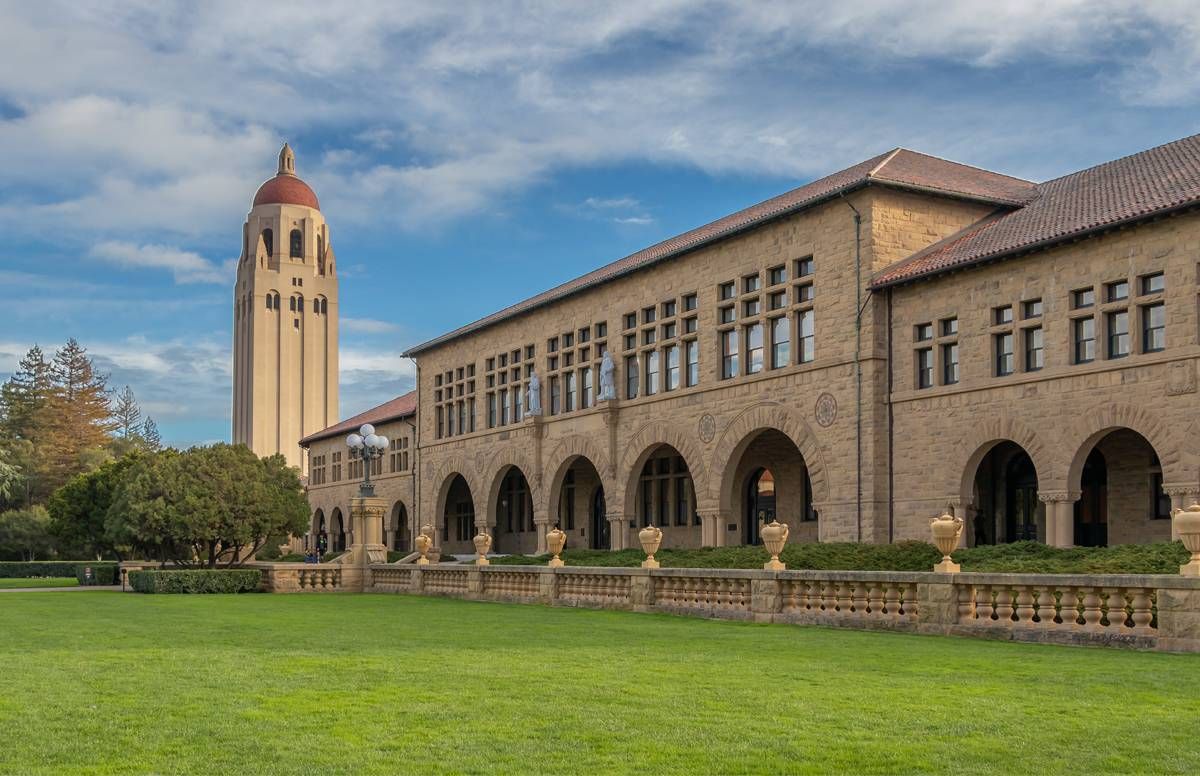The First MBA Course on the Longevity Economy
Hugely popular, it's making students rethink their futures
A sneaker designed for runners who want to move slowly, rather than sprint. An app that helps caregivers keep track of their schedules and communicate easily with their older clients. A company that helps retirees who want to reenter the labor force — and encourages employers to give them a chance.

These are just a few of the existing products and services that MBA students analyzed in a new Stanford Graduate School of Business course, “Longevity: Business Implications and Opportunities.” The course — likely the first given on the subject of the longevity economy at a business school — explored why business executives and entrepreneurs should focus on the 50+ demographic.
“Whether you want to launch a start-up or work for a large established company, the longevity market is a huge and still mostly overlooked opportunity,” said Robert Chess, a business school lecturer and serial entrepreneur who co-taught the course this winter with Laura Carstensen, director of the Stanford Longevity Center.
"I’m learning that care for the frail elderly is just a sliver of what longevity is about,
Why a Business-School Course on the Longevity Economy?
People 50 and older account for more than 50% of consumer spending and 83% of household wealth in the U.S., with both percentages expected to increase significantly as lifespans lengthen, according to AARP. And as more people live longer lives, they’ll have longer — and likely more varied — careers.
The 10-week longevity business class, which was capped at 56 MBA students, was wildly popular, with a waiting list of 30. It ended in mid-March and will be offered again in Spring 2021.
I’ve been a visiting fellow at the Stanford Center on Longevity and was able to sit in on one of the classes. Guest speaker Carol Fishman Cohen, a Next Avenue Influencer in Aging, talked about her success building iRelaunch, a Boston-based career-reentry company she founded. It advises people who’ve taken breaks from work — often to care for children or parents — and want, or need, to reenter the labor force.
“We’re growing because the number and variety of re-launchers is growing, and companies want their talents,” said Cohen.
Rethinking His Career Due to the Course
The course has prompted Danny McDermott, a second-year Stanford MBA student, to reconsider how to plan his own career.
“I’d assumed I’d get my MBA, sprint to a job and then not take my foot off the gas pedal until I couldn’t handle working any longer,” he said. “Now I’m thinking maybe I’ll take five-year or ten-year sprints, with breathers in between, and change careers along the way. I don’t have to stick to the field I start in — which takes the pressure off what I choose do right after business school.”
McDermott signed up for the course because he thought it would deepen the knowledge he gained before business school, working five years at a health care tech company and learning about the health care needs and costs of older Medicaid patients.
The course, he said, has given him a much broader perspective.
“I’m learning that care for the frail elderly is just a sliver of what longevity is about,” said McDermott. “My generation is going to live longer than anyone before us and the big question is: How do we adapt throughout our lives instead of sticking with antiquated systems, like retirement at sixty-five?”
Sneakers, Personal Finances and Home Care
Case studies and speakers from consumer product, financial technology and other industries helped the students answer that.
- Nike‘s Michael Spillane, president of product and merchandising, discussed his company’s CruzrOne sneaker, designed to excel at slow speeds due to features attractive to older runners, like a rounded heel and sheepskin cushioning.
- Bank of America Merrill Lynch’s Andy Sieg, head of global wealth and retirement solutions and a Next Avenue Influencer in Aging, discussed how his firm is advising clients to plan for century-long lives.
- Seth Sternberg, founder of the San Francisco home care startup Honor and a Next Avenue Influencer in Aging, too, described how his company’s app and other technology is reducing caregiver turnover by letting them quickly check their work schedules.
For the midterm project, the class divided into teams of three or four students. The teams were instructed to visit a local drugstore, hardware store and restaurant and then recommend how those businesses could better appeal to people 70 and older without losing younger customers.
Among the suggestions: uncluttered aisles in stores; better lighting and less noise in restaurants; displaying heavier items on lower- and easier-to-reach shelves and making sure merchandise prices and menus are easy to read.
What the Stanford MBA Students Learned
“We realized that most of the improvements we proposed for customers seventy and older would benefit everyone — like clear store layouts and orderly aisles, which are safer and also make shopping quicker,” said Angela Sinisterra-Woods, a second-year MBA student, who previously worked at the McKinsey & Co. consulting firm and at Generation, a nonprofit aimed at reducing global unemployment.
Her biggest takeaway from the course: “The hallmark of aging is variability. There are so many different business opportunities in the longevity space — but you can never assume everyone of a certain age is going to need or want the same things.”
She learned that lesson after hearing a panel of septuagenarians brought in to the class and realizing that the healthiest and most active among them was the oldest.
For their final projects, many students submitted plans for new longevity businesses. Students interested will be connected to mentors from Stanford's midlife Distinguished Careers Institute with entrepreneurial or corporate experience, with help from Susan Golden, director of dciX* and co-developer of the course.
Some of their ideas “may grow into new businesses,” said Golden.

